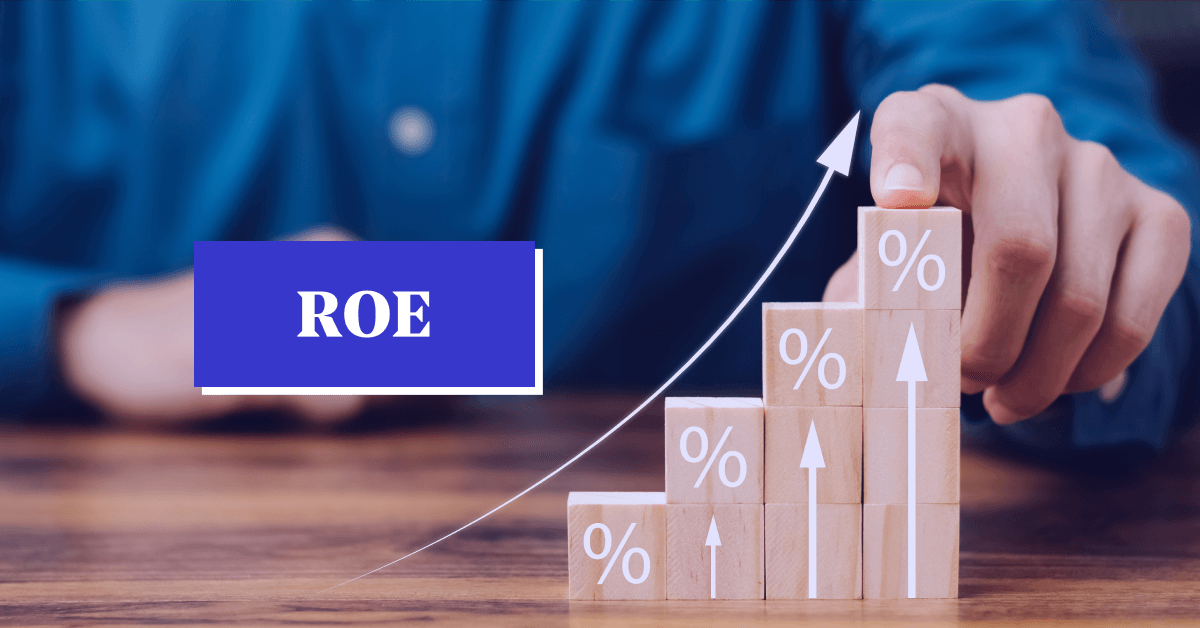
Growth Investing: Overview of the Investing Strategy
What Is Growth Investing?
Growth investing is an investment approach and strategy that is concentrated on increasing an investor's capital. Growth investors typically invest in growth stocks—that is, youthful or small companies whose earnings are expected to increase at an above-average rate compared to their industry sector or the overall market.
Growth investing is highly attractive to many investors because purchasing stock in emerging companies can provide remarkable returns (as long as the companies are successful). However, such enterprises are untried, and thus often pose a fairly high risk.
Growth investing may be contrasted with value investing. Value investing is an investment strategy that entails selecting equities that appear to be trading for less than their intrinsic or book value.
Understanding Growth Investing
Growth investors typically seek for investments in swiftly expanding industries (or even entire markets) where new technologies and services are being developed. Growth investors seek for profits through capital appreciation—that is, the gains they'll achieve when they sell their stock (as opposed to dividends they receive while they own it). In fact, most growth-stock companies reinvest their earnings back into the business rather than paying a dividend to their shareholders.
These companies tend to be modest, youthful enterprises with outstanding potential. They may also be companies that have just begun transacting publicly. The notion is that the company will prosper and expand, and this growth in earnings or revenues will eventually translate into higher stock prices in the future. Growth equities may therefore trade at a high price/earnings (P/E) ratio. They may not have earnings at the present moment but are expected to in the future. This is because they may hold patents or have access to technologies that place them ahead of others in their industry. In order to remain ahead of competitors, they reinvest profits to develop even newer technologies, and they seek to secure patents as a means to ensure longer-term growth.
Because investors aim to maximize their capital gains, growth investing is also known as a capital development strategy or a capital appreciation strategy.
Evaluating a Company's Potential for Growth
Development investors look at a company's or a market's potential for development. There is no absolute formula for evaluating this potential; it requires a degree of individual interpretation, based on objective and subjective factors, plus personal judgment. Growth investors may use certain methods or criteria as a framework for their analysis, but these methods must be applied with a company's particular situation in mind: Specifically, its current position vis-a-vis its past industry performance and historical financial performance.
In general, though, growth investors look at five important factors when selecting companies that may provide capital appreciation. These include:
Strong Historical Earnings Growth
Companies should demonstrate a track record of robust earnings growth over the previous five to 10 years. The minimum earnings per share (EPS) growth depends on the scale of the company: for example, you might look for growth of at least 5% for companies that are larger than $4 billion, 7% for companies in the $400 million to $4 billion range, and 12% for smaller companies under $400 million. The fundamental concept is that if the company has exhibited excellent growth in the recent past, it’s likely to continue doing so moving forward.
Strong Forward Earnings Growth
An earnings announcement is an official public statement of a company’s profitability for a specific period—typically a quarter or a year. These announcements are made on specific dates during earnings season and are preceded by earnings estimates issued by equity analysts. It’s these estimates that growth investors pay close attention to as they attempt to determine which companies are likely to grow at above-average rates compared to the industry.
Strong Profit Margins
A company’s pretax profit margin is calculated by deducting all expenses from sales (except taxes) and dividing by sales. It’s an important metric to consider because a company can have tremendous growth in sales with subpar advances in earnings—which could indicate management is not controlling costs and revenues. In general, if a company exceeds its previous five-year average of pretax profit margins—as well as those of its industry—the company may be a strong growth candidate.
Strong Return on Equity (ROE)

A company’s return on equity (ROE) assesses its profitability by disclosing how much profit a company generates with the money shareholders have invested. It’s calculated by dividing net income by shareholder equity. A decent rule of thumb is to compare a company’s present ROE to the five-year average ROE of the company and the industry. Stable or increasing ROE indicates that management is doing a good job generating returns from shareholders’ investments and operating the business efficiently.
Strong Stock Performance
In general, if a stock cannot realistically double in five years, it’s probably not a growth stock. Keep in mind, a stock’s price would double in seven years with a growth rate of just 10%. To double in five years, the growth rate must be 15%—something that’s undoubtedly feasible for new companies in swiftly expanding industries.
Growth Investing vs. Value Investing
Some consider growth investing and value investing to be diametrically opposed approaches. Value investors pursue "value stocks" that trade below their intrinsic value or book value, whereas growth investors—while they do consider a company's fundamental worth—tend to disregard standard indicators that might reveal the stock to be overvalued.
While value investors search for equities that are trading for less than their intrinsic value today—bargain-hunting so to speak—growth investors focus on the future potential of a company, with much less emphasis on the present stock price. Unlike value investors, growth investors may acquire stock in companies that are trading higher than their intrinsic value with the assumption that the intrinsic value will develop and ultimately exceed current valuations.
Example of a Growth Stock
Amazon Inc. (AMZN) has long been considered a growth stock. In 2021, it remains one of the largest companies in the world and has been for some time. As of Q1 2021, Amazon ranks in the top three U.S. equities in terms of its market capitalization.
CompaniesMarketCap. "Largest Companies by Market Cap." Accessed May 8, 2021.
Amazon's stock has historically traded at a high price to earnings (P/E) ratio. Between 2019 and early 2020, the stock's P/E has remained upwards of 70, moderating to around 60 in 2021. Despite the company's scale, earnings per share (EPS) growth estimates for the next five years still hover near 30% per year.
When a company is expected to develop, investors remain willing to invest (even at a high P/E ratio). This is because several years down the road the present stock price may appear inexpensive in hindsight. The risk is that development doesn't continue as expected. Investors have paid a high price expecting one thing, and not receiving it. In such instances, a growth stock's price can fall dramatically.



